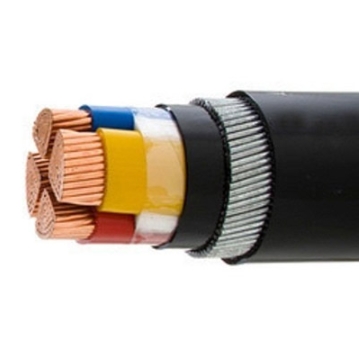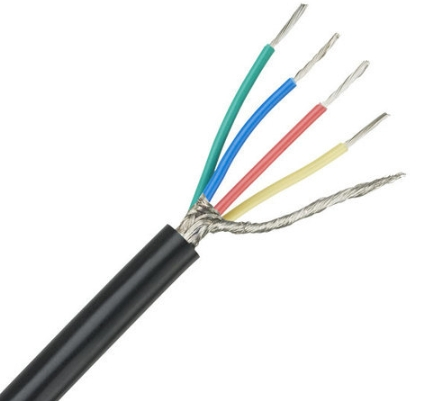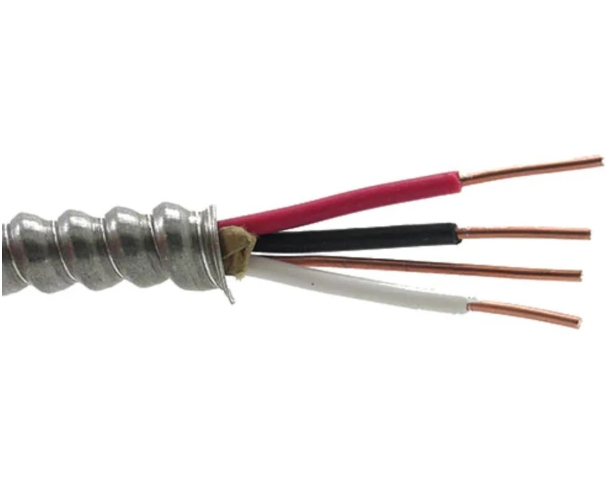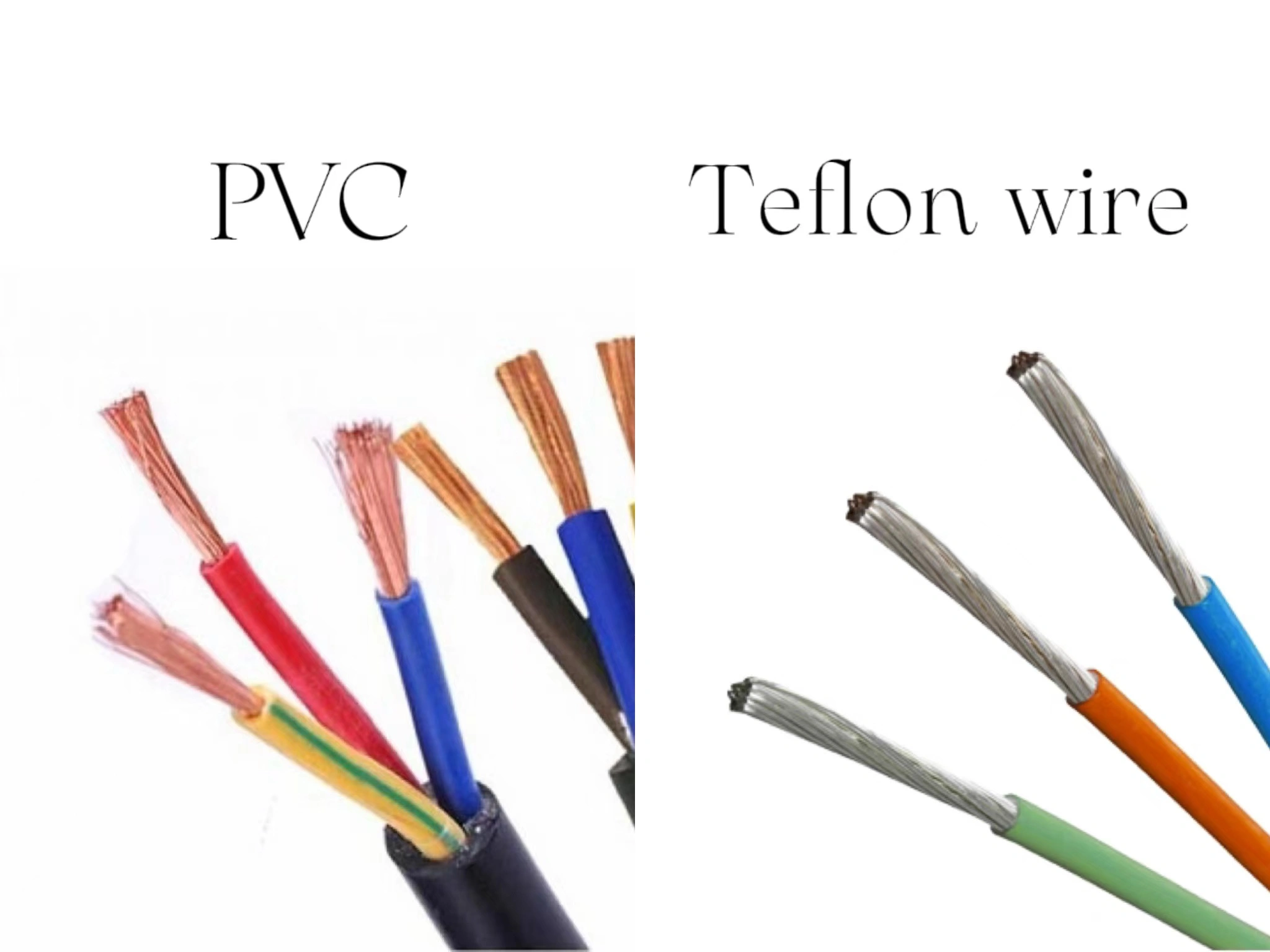Armored cables are mostly seen in industrial applications, but are they still suitable when faced with environments that require a high degree of flexibility? When conducting power in different environments, choosing the right type of cable can be very beneficial for the safe operation of the project. As a result, many people struggle to decide between armored cable vs flexible cables.
There are two main types of cables based on different levels of protection: armored cables and flexible cables (unarmored cables). In our blog, you can explore the detailed differences of exploring armored cables and flexible cables to help you make the corresponding decision based on your specific needs.
“Understanding Armored Cable ”
Armored cables are cables with a protective metal layer around the internal wires. Commonly, there are steel tape armor, fine steel wire armor, thick steel wire armor.

The purpose of the armor layer is to protect the cable from various types of damage, including mechanical forces such as crushing, impact or abrasion, as well as environmental hazards such as corrosion from chemical gases. By providing an extra layer of protection, armored cables are more suitable for use in harsh or demanding environments than standard cables.
“Understanding Flexible Cable ”
From the basic concept, we know that a flexible cable is a cable used to provide flexibility in drag chain systems or applications that require frequent bending, twisting, or movement. Its most important characteristic is its ability to withstand a wide range of bends without any effect on its own performance.

After learning about the two types of cables, you can find the answers to the differences in the following chapters.
5 Key Differences Between Armored and Flexible Cable
Which is better for your project, armored or unarmored cable? Follow us to find out! Armored cables and flexible cables differ in five ways: structure, longevity, type, market price, and use:
1. Comparison of structure: The difference
- The outermost layer of armored cables is wrapped in steel tape or steel wire to prevent mechanical damage and environmental hazards. Its metal armor makes the cable tougher and less flexible than other types of cables.
- Flexible cables are designed with thinner insulation and have no armored jacket. So it’s more flexible and easier to bend in use. The difference in construction makes it ideal for applications that require frequent movement or adjustment.
2. Comparison of longevity: Which one is more durable?
Flexible cables typically have a lower service life than armored cables when subjected to the same degree of physical stress and environmental hazards.
- Armored cables offer excellent resistance to physical damage due to their rugged construction. This type of cable can withstand heavy machinery and even potential chemical spills. This results in a much longer service life and lower maintenance costs. A good example of this is armored cables used in manufacturing plants, which can be continuously exposed to mechanical wear and tear for years without needing to be replaced.
- Flexible cables, while offering excellent maneuverability, tend to wear out faster in environments where physical damage or abrasion is prevalent. For example, in stage lighting setups for concerts and theaters, flexible cables are subject to frequent movement and flexing, and therefore need to be regularly inspected and replaced to avoid failure. However, without an armored jacket, flexible cables are more prone to cracking and breaking under constant stress, which shortens the overall service life of flexible cables in such demanding environments.
3. Comparison of type
- Armored cables can be divided into three types: steel tape armored cables and steel wire armored cables;
- Flexible cables can be divided into flexible power cables, flexible control cables, flexible flat cables, flexible coaxial cables and other cables.
4. Comparison of market price: which one is more economical?
Flexible cables may be more cost-effective for projects that require a high degree of flexibility and frequent reconfiguration, but armored cables are often a more economical solution for environments that require high durability and long life.
- Armored cable has a high upfront cost. Over time, especially in harsh or industrial environments, it is less expensive to maintain and replace. For example, in industrial applications where cables are exposed to physical wear and tear, the durability of armored cables can greatly extend replacement intervals. Its durability reduces the frequency of downtime and associated labor and maintenance service costs.
- Flexible cables typically have a lower initial purchase cost and are more affordable in large-scale projects. These cables are ideal for environments that require frequent adjustments and movement, such as recreational facilities and temporary installations. However, frequent replacement and repair of flexible cables in demanding conditions can add up over time.
5. Comparison of use
- Armored cable sheathing materials are designed to protect cables from harsh chemicals, oils and sunlight. As a result, armored cables are ideal for environments that need to withstand extreme conditions and potential physical damage.
- Flexible cables are ideal for buildings that require complex installations. Flexible cables make certain high quality performance even in the harshest environments. Reliability and efficiency are provided without compromising ease of installation.
The choice between armored and flexible cables therefore depends largely on the specific requirements of the application and operating environment.
Factors to Consider When Choosing Between Armored and Flexible Cable
When embarking on an industrial project, it is important that we make a prognosis before carefully weighing up the current environment of the project as well as the problems that may occur in the future. Protection of the cable is very important for safety and reliability of operation. So, what should be kept in mind when choosing armored or flexible cables?
Tips 1:Our primary consideration is the surrounding environment of the installation. Which type of environment is more suitable for your product? For example, armored cables are best in heavy machinery and manufacturing plants. But if you are in an active space, then flexible cables are more appropriate.
Tips 2:In addition, we need to be clear about the size and specification of the cable. It is best to choose within the appropriate size range. Just like we commonly use 12 and 14 gauge wires. They are different in carrying current also slightly different in application.
Tips 3:Even more important is safety. Flexible armored cables are ideal for use in high-risk environments. That is why you should consult with the relevant professionals before you make your purchase. It will prevent you from major violations while picking one.

Armored Cable vs. Flexible Cable Conclusion
In this article, we present five basic differences between armored and flexible cables and suggest key factors to consider when selecting a cable type. For more information about flexible and armored cables and to determine the best option for your needs, contact a ZW Cable manufacturer representative.
We offer a wide range of electrical solutions, including various types of cables and customization services to meet all of your project requirements. Please visit our website for more information or to request a quote.




